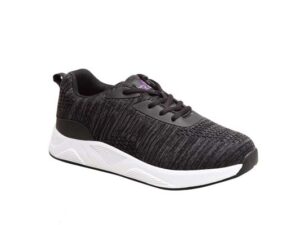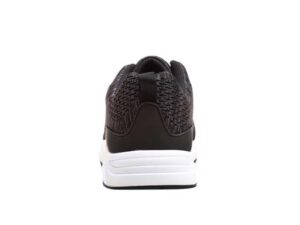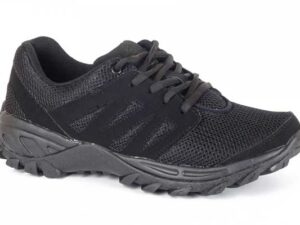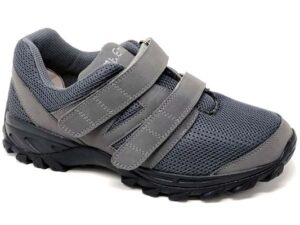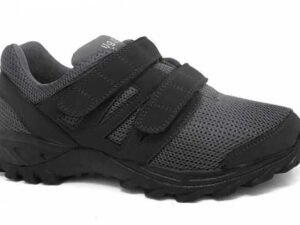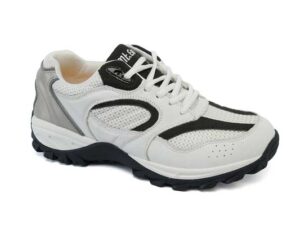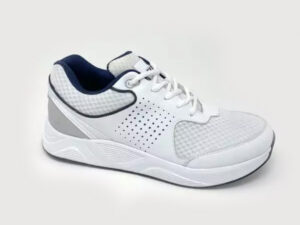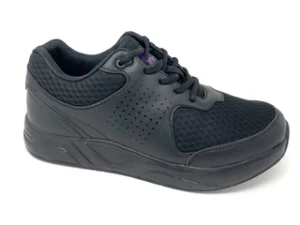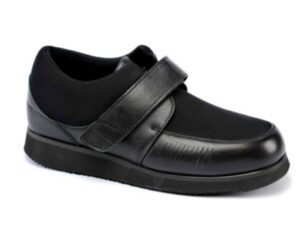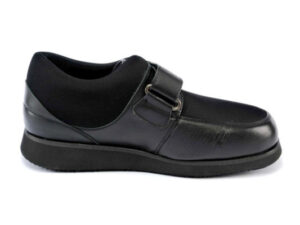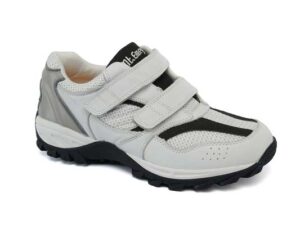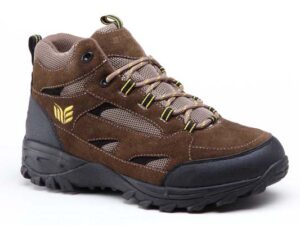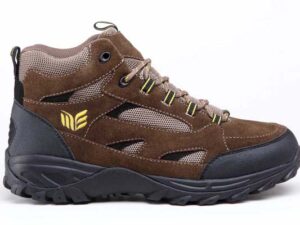Navigating the world of foot health can be complex, especially when it comes to differentiating between common conditions like corns and calluses. This guide aims to demystify these issues, providing insights into prevention, treatment, and the crucial role of proper footwear. Understanding these concepts is key to maintaining healthy feet.
| Topic | Key Points |
|---|---|
| Corns vs. Calluses | Definitions, causes, differences |
| Importance of Fit | Role of proper shoe fitting in prevention |
| Shoe Features | Ideal characteristics of shoes for foot health |
| Treatment and Care | Tips for managing and treating foot conditions |
| Expert Assistance | Importance of professional advice |
As we delve deeper into the causes and differences between corns and calluses, it’s vital to recognize the impact of proper footwear on foot health. Learn more about how well-fitting shoes can prevent corns in our article on foot corns and well-fitting shoes.
Corns and Calluses: What’s the Difference?
Corns and calluses, though often confused, have distinct characteristics and causes. Corns are small, painful areas of thickened skin, usually found on the toes, and can be attributed to pressure or friction. Calluses, on the other hand, are larger, less sensitive areas that typically develop on the soles of the feet. Both are responses to pressure and friction, but their appearance and discomfort levels vary.
The development of these conditions is often linked to ill-fitting shoes. Shoes with a narrow toe box can squeeze the toes, creating friction and pressure, leading to corns. Similarly, shoes that lack adequate cushioning can cause calluses due to repeated pressure on certain parts of the foot. Understanding these causes is crucial in selecting the right footwear.
In terms of footwear selection, here are some key considerations:
- Wide Toe Box Shoes: Explore our range of wide toe box shoe brands for options that allow ample room for toes, reducing pressure and the risk of corns.
- Cushioned Soles: Essential for absorbing impact and minimizing callus formation.
- Proper Fit: Ensures that the foot is securely placed, avoiding unnecessary movement inside the shoe.
- Breathable Materials: Aid in keeping the feet dry and reducing the risk of skin irritation.
As we explore the importance of shoe fit and its impact on foot health, it becomes clear that choosing the right shoes is more than a matter of comfort—it’s a health necessity. Discover more about the role of shoe fit in our comprehensive guide to wide shoes.
The Role of Proper Shoe Fit in Preventing Corns and Calluses
Proper shoe fit is not just about comfort; it plays a vital role in preventing foot issues like corns and calluses. When shoes fit well, they distribute pressure evenly across the foot, reducing the risk of concentrated pressure points. This is particularly important for individuals with foot conditions such as bunions or high insteps.
To ensure a proper fit, consider the following:
- Measuring Foot Size: Regularly measuring both foot length and width is crucial, as feet can change over time. Use our Shoe Fitment Form to accurately measure your foot size.
- Understanding Shoe Width: Shoes come in various widths, and selecting a width that matches your foot’s dimensions is essential for comfort and health.
- Shoe Depth: Adequate depth accommodates high insteps and prevents the top of the foot from rubbing against the shoe.
By emphasizing the significance of shoe fit, we can better understand how to select footwear that not only looks good but also promotes foot health. As we move forward, we’ll delve into the specific features that make a shoe ideal for maintaining healthy feet.
See what our customers have to say…
Key Shoe Features for Healthy Feet
Selecting the right shoes involves looking for specific features that cater to foot health. Key features include:
- Wide Toe Box: This allows the toes to spread naturally, reducing pressure and the risk of developing corns.
- Arch Support: Essential for distributing weight evenly and reducing strain on certain parts of the foot.
- Cushioned Insoles: These provide shock absorption, especially important for individuals who spend long hours on their feet. Consider our custom inserts for added comfort and support.
- Adjustable Fit: Features like Velcro straps or laces allow for a customizable fit, accommodating changes in foot size or swelling throughout the day.
5
. Quality Materials: Shoes made from breathable, flexible materials contribute to overall foot health by reducing moisture and improving comfort.
By prioritizing these features, one can make informed choices about footwear, greatly reducing the risk of foot problems. Now, let’s focus on the practical steps for managing and treating conditions like corns and calluses.
In a study involving 201 participants with corns, it was found that the average pain score on a Visual Analogue Scale was 5.29 points. This statistic highlights the notable discomfort associated with corns and underscores the importance of proper foot care and footwear to prevent or manage such conditions.
Managing and Treating Corns and Calluses
While preventing foot issues is ideal, managing existing conditions is equally important. Here are some tips for treating corns and calluses:
- Regular Foot Care: Keeping feet clean and moisturized helps maintain healthy skin.
- Gentle Exfoliation: Using a pumice stone can reduce the thickness of calluses.
- Pressure Relief: Cushioned insoles or pads can provide relief in areas of high pressure.
- Professional Treatment: Persistent problems should be addressed by a podiatrist, who can offer solutions like custom orthotics or professional removal of corns.
In summary, the management of corns and calluses involves a combination of self-care and professional advice. Let’s now wrap up our discussion by emphasizing the importance of expert guidance in maintaining optimal foot health.
The Importance of Expert Guidance
In conclusion, understanding the difference between corns and calluses, the importance of proper shoe fit, and the role of footwear features are all crucial elements in maintaining foot health. Regular foot care and seeking professional advice when needed are also key to managing these common foot issues.
Remember, the right shoes can make a significant difference in preventing and managing foot conditions. It’s not just about comfort; it’s about your overall foot health and wellbeing.
Consult Our Fitment Specialists
If you’re unsure about the right type of footwear for your feet or if you have any concerns about foot health, don’t hesitate to contact our Fitment Specialists. They are equipped to provide you with personalized advice and solutions. With their help, you can ensure your feet remain “Happy Feet,” comfortable and healthy. Remember, the right shoes can transform your foot health and overall comfort.

